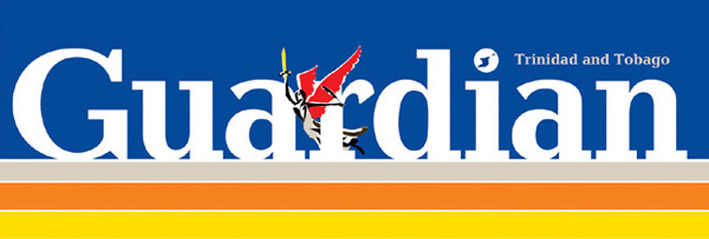There are different stories about the name “Tobago”. Some say Tobago is of Amerindian origin. Others note it as a Spanish word. The archaeologist Arie Boomert adds stories of pre-Columbian names for Tobago such as Urupaina and Aloubaéra too.
In the Kali’na (Carib) language spoken by Amerindians of Trinidad, Tobago, and the Orinoco Valley, Urupaina meant “big or large snail.” While the name Aloubaéra comes from the Amerindians of Dominica and Martinique and was first recorded by French missionaries. They noted this was the name Amerindians gave Tobago.
One explanation offered for why both groups used these names for Tobago connects to an Amerindian myth who’s central character is a monstrous snake. Alloüebéra or Oloubera, was the name some Amerindians groups gave to the snake.
The snake could make itself large and small. It had a bright red, all Seeing Eye in the middle of its forehead that sparkled like a jewel. They said the snake lived in a dark cave between two mountains where it left red excrement. And unless one fasted or abstained from sexual intercourse the snake killed all who ventured near it.
Boomert suggests that from afar the outline of Tobago reminded these Amerindian groups of the bejewelled snake of their mythology; Tobago’s mountainous northern ridge representing the head of the snake while the rest of the landmass the snake’s body. He suggests the bright red eyelid perhaps is the sun reflecting off outcrops of “phyllitic sericite schists” found in the rocks of northern Tobago.
In terms of European names many sources note Columbus was the first European to spot Tobago. Yet according to a chronicler of Columbus, Bartolomé de Las Casas, when Columbus first saw Tobago in 1498 he named it Bella Forma and Asumpción not Tabaco.
By 1511 those names had vanished from the written record and on Spanish maps and documents the name Tabaco appears. Throughout the sixteenth century this name is consistent in Spanish documents. However it is spelt in numerous ways – Tavaco, Tabaco, Tabacho, Tabago and Tavago.
Throughout the seventeenth and eighteenth centuries the Spanish continued to call the island Tabaco or Tabago. The Dutch used these spellings too. The British began to use Tubaguo and Tobago, while the French referred to the island as Tabuco or Tabac.
At first glance it would seem these names connect to the Spanish word tabaco – or tobacco in English. Yet Columbus didn’t know of tobacco because it is an indigenous plant of tropical America, which Europeans did not know of before Columbus’ voyages.
Some suggest tabaco is borrowed from the Arawakan language of the Taino. Yet this borrow was probably an error of translation because as the diaries of Las Casas and another chronicler Gonzalez Fernandez de Oviedo note, the Taino applied the word not to the tobacco plant or cigars but tubes they used to inhale either smoke or powdered substances up their noses during ritual gatherings.
Just to make this a little more confusing Boomert points out that in the contact period a word found both in Italian and Spanish for herbs that induce excitement and vertigo already existed. This word was derived from a medieval Arab word, tabbâq or tubbâq.
Perhaps rather than borrowing a Taino word early Spanish colonialists used a word they were already familiar with to describe what they saw.
So where does this leave us? Certainly there are many strands to follow not all of which tell the same story about the name Tobago. In the main though Boomert says we can be fairly convinced of one thing, it was the Spanish and not local Amerindians who chose Tobago as the name of the island.
And just like the Amerindians named the island after topography that reminded them of a bejewelled snake, perhaps as Boomert suggests in Names for Tobago, which contains more information and backstory for those interested in learning more, the Europeans did the same too – albeit mistranslating tabaco for cigar.
As he puts it “we may conclude that the name Tobago represents a descriptive toponym, coined by some unknown Spanish sailor, possibly a slaver from Hispaniola, who passed by the island in the first decade of the sixteenth century and called it Tabaco as its contour reminded him of the cigars the Taíno were accustomed to smoke.”
http://guardian.co.tt/columnist/2013-07-29/how-tobago-got-its-name

 RSS Feed
RSS Feed